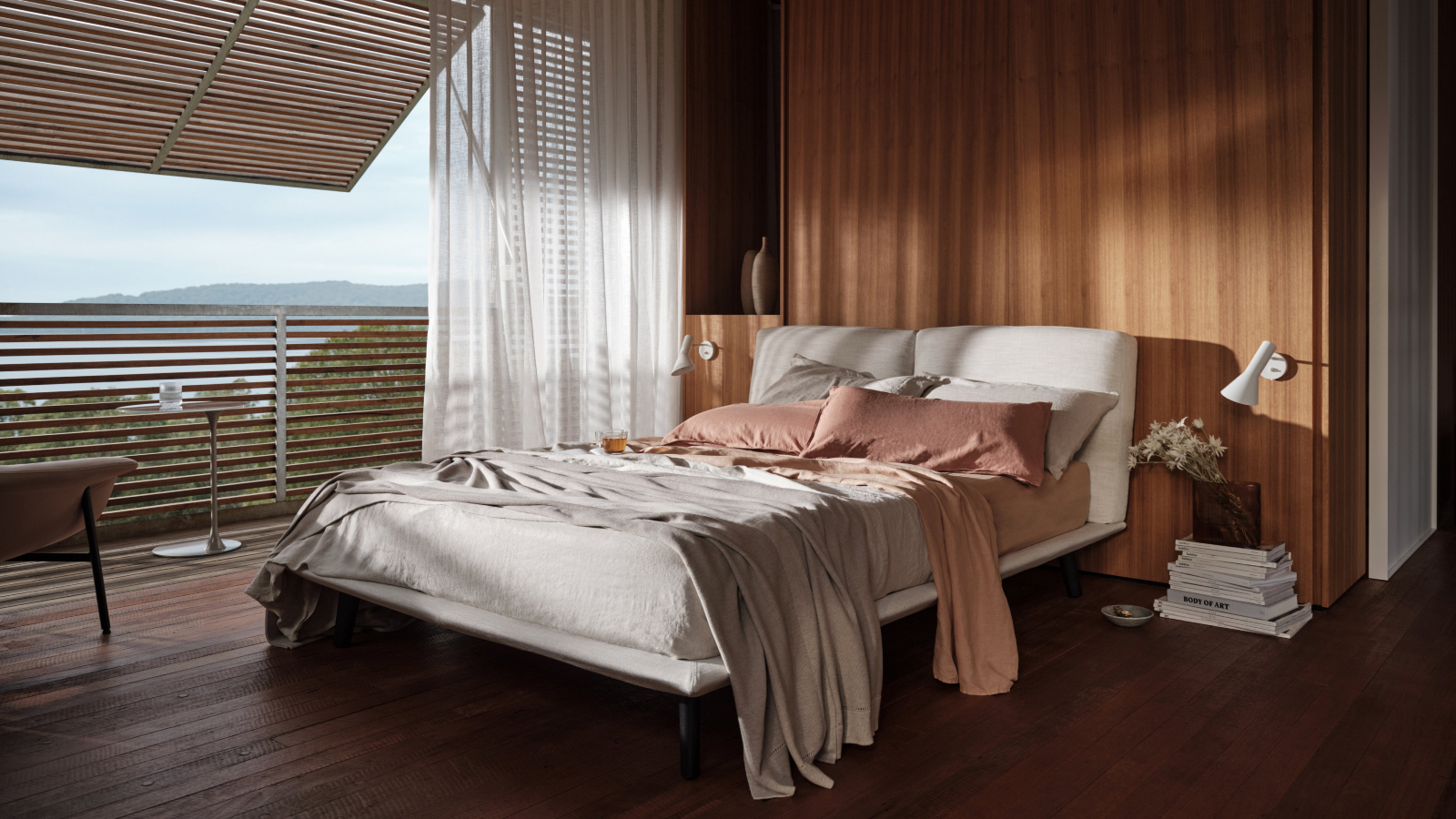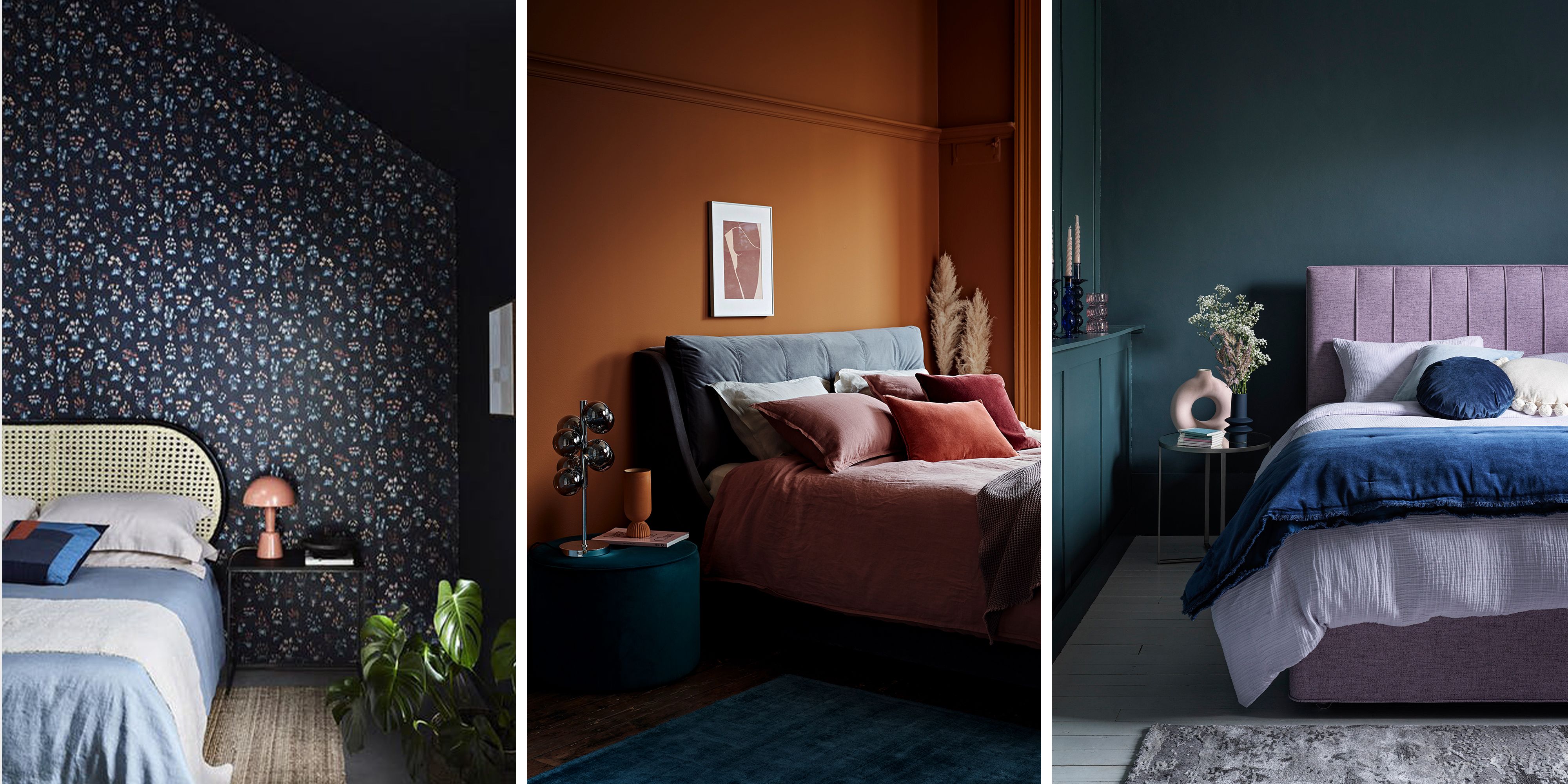Light Blocking Techniques

Achieving a pitch-black bedroom is crucial for a restful sleep. Even a small amount of light can disrupt your sleep cycle and leave you feeling groggy in the morning. This is where light blocking techniques come into play.
Light Blocking Materials
Various materials can effectively block out light, each with its pros and cons.
- Blackout curtains are specifically designed to block light. They are typically made from thick, tightly woven fabrics, often with a blackout lining.
- Blinds, especially those made from blackout fabric, can also effectively block light. They offer greater control over light levels as they can be adjusted to various positions.
- Room darkening shades are another excellent option for blocking light. They are usually made from a light-filtering material that can reduce the amount of light entering your room.
Comparing Light Blocking Materials
| Material | Effectiveness | Cost | Ease of Installation |
|---|---|---|---|
| Blackout curtains | Very effective | Moderate | Easy |
| Blinds (Blackout) | Highly effective | Moderate to High | Moderate |
| Room darkening shades | Moderately effective | Low to Moderate | Easy |
Installing Light Blocking Materials
Proper installation is crucial for maximizing the effectiveness of light blocking materials.
- When installing blackout curtains, ensure they are long enough to cover the entire window and that the edges are tightly sealed.
- Blinds should be installed flush with the window frame to minimize gaps where light can seep in.
- Room darkening shades are often easy to install, with many options coming with self-adhesive strips.
Room Design Considerations

Your bedroom’s layout plays a crucial role in achieving pitch-black darkness. Strategic placement of furniture, window treatments, and light sources can significantly impact the overall darkness of your space. By carefully considering these elements, you can create a haven of complete darkness for optimal sleep and relaxation.
Window Placement and Size
The size and placement of windows directly influence the amount of light entering your bedroom. Larger windows, especially those facing east or west, allow more sunlight to penetrate, making it harder to achieve complete darkness. Smaller windows, particularly those positioned on the north side, receive less direct sunlight, making them ideal for light-blocking purposes.
Common Light Sources in Bedrooms
While windows are the primary source of light intrusion, other light sources within your bedroom can also contribute to a less-than-pitch-black environment. These sources include:
- Electrical Outlets: Even when not in use, electrical outlets can emit a faint glow, particularly those with LED lights.
- Electronic Devices: Smartphones, tablets, and laptops emit blue light, which can disrupt sleep patterns and hinder darkness.
- Alarm Clocks: Traditional alarm clocks with digital displays can emit a noticeable glow, making it difficult to achieve complete darkness.
- Ceiling Lights: Even when turned off, some ceiling lights may still emit a faint glow, particularly those with LED bulbs.
- Nightlights: While intended for safety, nightlights can also prevent complete darkness.
Design Tips for a Light-Tight Environment
Here are some practical design tips for creating a light-tight bedroom:
- Minimize Window Size: If possible, consider replacing large windows with smaller ones or adding window inserts to reduce the amount of light entering.
- Strategic Furniture Placement: Place furniture, such as bookcases or dressers, strategically to block light from windows or other sources.
- Dark Wall Colors: Painting your walls in dark colors can help absorb light and create a more intimate atmosphere.
- Blackout Curtains: Invest in blackout curtains or blinds to completely block light from entering your bedroom.
- Light-Blocking Fabric: Consider using heavy, light-blocking fabrics for drapes, bedspreads, and other bedroom accessories.
- Cover Outlets and Electronics: Use outlet covers or tape to block light from electrical outlets and electronic devices.
- Replace Light-Emitting Devices: Consider replacing traditional alarm clocks with ones that have no visible displays or using sleep masks to block light from electronic devices.
Redesigning Your Bedroom for Light Blocking
Here’s a step-by-step guide to redesigning your bedroom for optimal light blocking:
- Assess Your Current Situation: Identify all potential light sources in your bedroom, including windows, outlets, electronics, and ceiling lights.
- Prioritize Light-Blocking Strategies: Determine the most effective strategies for minimizing light intrusion from each source.
- Implement Design Changes: Make necessary changes to your bedroom layout, window treatments, and light sources to create a light-tight environment.
- Test and Adjust: After implementing changes, test the effectiveness of your light-blocking efforts and make adjustments as needed.
Additional Strategies: How To Make Bedroom Pitch Black

Beyond the fundamental techniques of light blocking, there are additional strategies that can elevate your quest for a pitch-black bedroom. These strategies address the often-overlooked aspects of light pollution and its impact on sleep quality, offering solutions to minimize external light intrusion and enhance your overall sleep experience.
Light Pollution and Its Effect on Sleep
Light pollution, the excessive or misdirected artificial light at night, can disrupt your sleep cycle and negatively affect your overall well-being. The human body’s natural sleep-wake cycle, or circadian rhythm, is sensitive to light. Exposure to artificial light, even at low levels, can suppress the production of melatonin, a hormone that regulates sleep. This disruption can lead to difficulties falling asleep, fragmented sleep, and a feeling of grogginess upon waking.
Minimizing Light Pollution From Outside Sources, How to make bedroom pitch black
To minimize light pollution from outside sources, consider these practical strategies:
- Utilize blackout curtains or blinds: These specialized coverings are designed to block out even the most persistent light sources, such as streetlights and car headlights.
- Strategically place furniture: Position furniture, such as beds and chairs, away from windows that might allow light to penetrate.
- Install light-blocking shades: These shades, typically made of thick, opaque material, are highly effective at blocking light from entering through windows.
- Consider landscaping: Planting trees or shrubs around your home can help to block light from nearby sources.
Sealing Light Gaps
Even with the most effective light-blocking curtains or blinds, small gaps can still allow light to seep into your bedroom. To address this, consider the following techniques:
- Blackout tape: This specialized tape, designed to block light, can be applied around windows and doors to seal any gaps or cracks.
- Weather stripping: This versatile material, often made of rubber or foam, can be used to seal gaps around windows and doors, effectively preventing light from entering.
- Caulking: This sealant can be used to fill any cracks or gaps in your walls or around windows and doors, creating a more light-tight seal.
Alternative Methods for Achieving a Pitch-Black Bedroom
For those seeking a pitch-black environment, alternative methods can be employed to complement your efforts:
- Sleep mask: A sleep mask effectively blocks out all light, allowing you to achieve complete darkness even in a room with some light penetration.
- Earplugs: While primarily designed to reduce noise, earplugs can also help to block out light from sources like alarm clocks or streetlights.
Common Mistakes to Avoid
When aiming for a pitch-black bedroom, it’s essential to avoid these common mistakes:
- Using sheer or translucent curtains: These curtains allow light to pass through, negating your efforts to create a dark environment.
- Leaving electronic devices plugged in: Even when turned off, electronic devices can emit a faint glow, potentially disrupting your sleep.
- Ignoring small gaps: Even seemingly insignificant gaps can allow light to penetrate, compromising your pitch-black environment.
